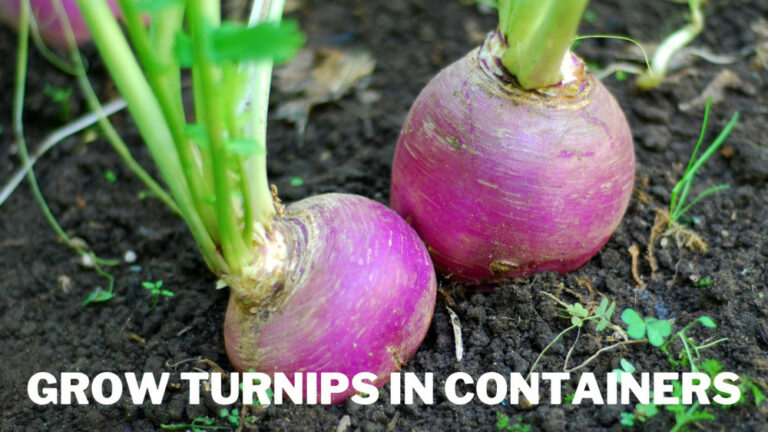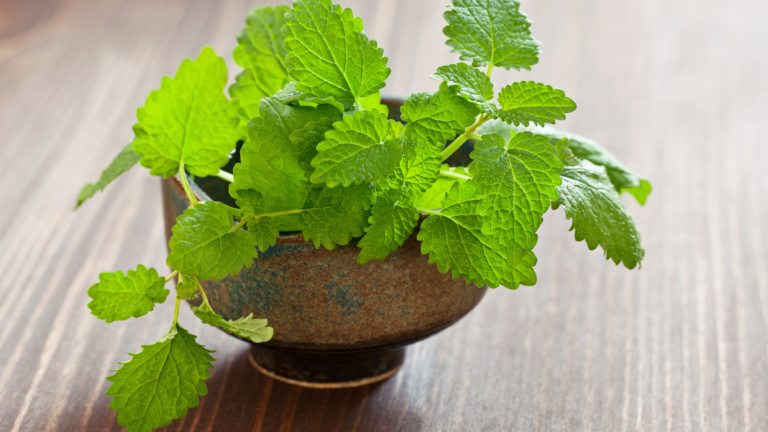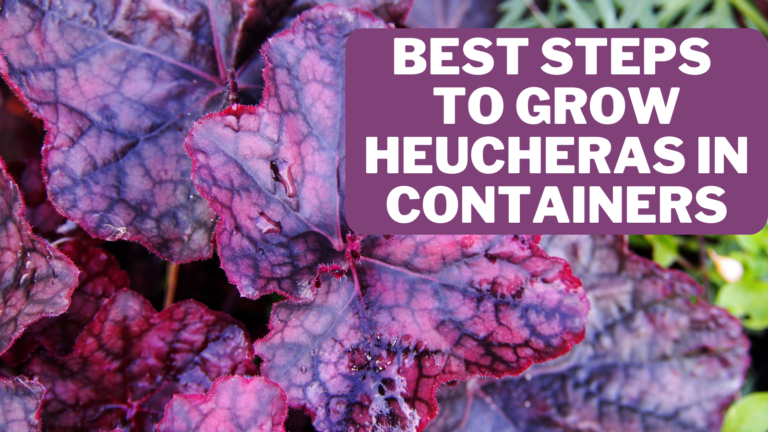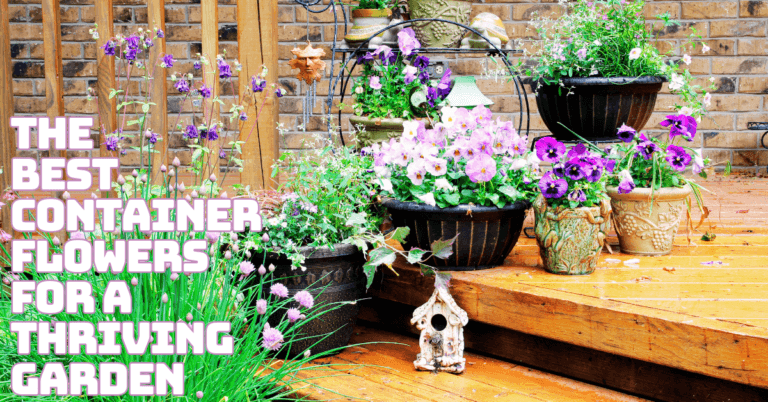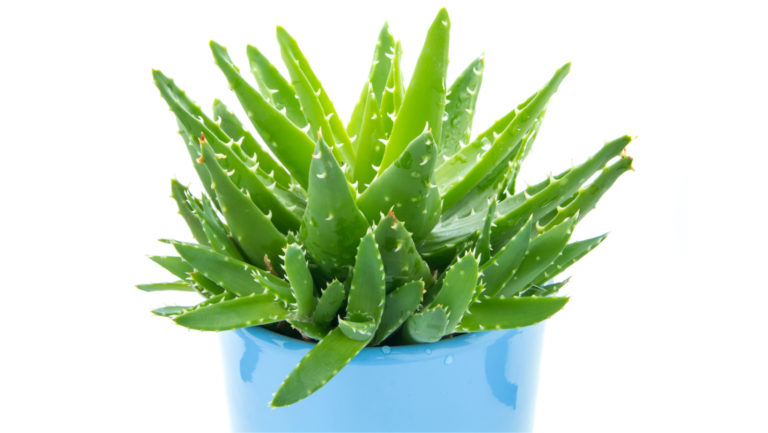Best Steps To Grow Jasmine In Containers
Best Steps To Grow Jasmine In Containers
Jasmine is a gorgeous and fragrant plant that does well in either an indoor or outdoor environment.
Jasmine does well in potted conditions as long as it is cultivated in well-draining soil with plenty of sunlight, humidity, and water.
When Jasmine is grown in pots, you can use it as a houseplant or collect the blooms for teas or decorations.
Your Jasmine will flourish in a pot with some time and lots of care! This blog will show you how to grow Jasmine in containers.
History & Origin Of Jasmine
The Arabic word “yasmin,” which implies a fragrant blossom, is where the name “jasmine” originates. Star-shaped white or yellow blooms on jasmine vines or shrubs are relatively common.
The botanical name for the genus jasmine (jasminum) belongs to the olive-related family Oleaceae.
According to the Arnold Arboretum at Harvard University, other spellings of Jasmine throughout history have included jessamine, jessamine, jasmin, jessamy, and jeshamy.
The Arabian Jasmine, scientifically known as Jasminum sambac, was the first of the 200 Jasmine species to be named.
The most excellent place to start while researching the background of jasmine blossoms may be with this.
This tropical and subtropical bloom is unquestionably a native of Asia. Jasmine is thought to have originated in Persia, which is now Iran, by many botanists. It went over the Red.
As early as 1000 B.C., it crossed the Red Sea into Egypt before reaching Turkey and Greece. According to the Chinese, Jasmine attracts prosperity and love and symbolizes feminine kindness, grace, and delicacy.
While in India, Jasminum molle, also known as Indian Jui, is utilized in Hindu religious rites, Jasmine is a symbol of motherhood in Thailand.
The Jasminum sambac plant, known in Hawaii as “pikake,” is used to make leis and has clusters of white blooms.
Jasmine is utilized in aromatherapy for its calming effects as a pure flower, an essential oil, or in scented candles and incense. Jasmine is used in exquisite desserts and as a garnish by gourmet cooks.
Types Of Jasmine
You're not the only one considering including some jasmine in your garden this year! The delicious aroma of this fast-growing plant delicious aroma draws a lot of gardeners.
But did you know that there are numerous varieties of Jasmine to pick from? We look at some of our favorite jasmine kinds in this post to assist you in choosing the ideal one for your garden.
Ideally, you should know the best varieties to grow Jasmine in containers.
1. Jasminum officinale (Common Jasmine)
Summer jasmine, Poet's Jasmine, White Jasmine, Common white jasmine, and True Jasmine are some of the more famous names for Jasminum officinale.
The official flower of Pakistan, the common Jasmine, is well known for its powerful aroma. This deciduous climber has crisp white blooms, five petals, and pointy, slightly fuzzy foliage.
These jasmines can be induced to bloom at other times by placing them in controlled conditions, including greenhouses or warm indoor environments, to mimic the heavy summertime blooming.
The essential oils from white Jasmine are frequently grown commercially for use in aromatherapy and other similar processes.
When completely developed, this evergreen plant can proliferate and reach heights of up to 15 feet.
2. Jasminum Grandiflorum (Royal Jasmine)
Among the species of Jasminum officinale, Jasminum Grandiflorum, often known as Royal jasmine, Spanish Jasmine, or Catalan jasmine, is a subset.
The distinction is that, in contrast to the common Jasmine, this kind is frequently grown for the food sector and used to make perfumes.
It has pure white blooms that bloom approximately an inch apart on a vine that is evergreen in frost-free places and semi-evergreen in colder locations.
3. Jasminum Nudiflorum (Winter Jasmine)
A kind of Jasmine known as “Winter Jasmine” has shrubs that can reach heights of 7 feet and widths of up to 4 feet.
Winter jasmine is unique since it produces vivid yellow petals, unlike most other jasmine with white flowers. These jasmines don't have much fragrance, though.
The late bloom of winter jasmines, which adds brightness to the landscape when little else is blooming, makes them a popular option for the off-season.
This variety of Jasmine looks great growing along walls, trellises, and arbours. If grown in significant patches close to banks and slopes, it can also be utilized as ground cover to prevent soil erosion.
4. Jasminum Sambac (Arabian Jasmine)
This endemic to the Arab Peninsula variety of Jasmine does best in warm settings.
Although Jasminum sambac bushes usually are 4 to 6 feet wide and tall, some can reach heights of up to 10 feet. These bushes can grow vertically to produce a thick, evergreen vine.
Arabian jasmines have tiny, alluring white flowers with several layers contrasting beautifully with the glossy, deep green leaves.
When the blooms mature, they frequently acquire a faded pink colour and look magnificent in the summer's glass containers on the patio or deck.
Grow Jasmine In Containers
Unlike most other houseplants, Jasmine plants typically don't require re-potting for a long time.
You should wait until the jasmine plant is nearly pot-bound before giving it a new home because it prefers to be snug in its container.
Jasmine re-potting is a simple procedure that isn't much different from re-potting other plants, save for the massive amount of roots you'll encounter.
When to re-pot jasmines, not how to re-pot jasmine, will be the key to your success. Your plant will flourish all year long if the timing is correct. So, let's start to grow Jasmine in containers.
Choose The Right Container
Select a sizable pot to grow the jasmine plant. The optimal container or pot for growing jasmine plants is around six inches in diameter, and it must be huge to hold the necessary amount of soil.
To help reduce instances of overwatering the plant, the chosen container or pot should have drainage holes at the bottom.
Soil To Grow Jasmine in Containers
Almost every type of soil can be used to cultivate Jasmine. For their plantation, a pH range of 6.5–7.5, well-drained, rich loamy soil is desirable and optimal.
These plants require a free, fertile soil environment with good drainage: one part river sand, two parts loam, and the remaining two parts peat moss.
After combining the first three, you can mix the aforementioned components with vermin compost or coconut coir.
Grow Jasmine From Seeds
Wait until the seeds have grown and the pods are dry if you locate a seedpod and want to try cultivating fresh jasmine plants from the sources.
To help the seeds germinate more quickly, soak them in warm water for an entire night before planting them in seed compost.
Add a thin layer of soil on top. Maintain the soil's moisture for germination to occur. Depending on the cultivar, jasmine seeds typically germinate for 4-6 weeks.
Grow Jasmine From Cuttings
By knowing how to take cuttings from plants, it is simple to create new jasmine plants. Jasmine cultivars for outdoor planting should be multiplied by hardwood cuttings.
Glasshouse cultivars perform best when reproduced from softwood or semi-ripe cuttings collected in the spring or summer. Observe the following advice:
- Look for new growth that reminds you of spring. Make a 10 cm-long incision below one set of leaves using the cutter.
- Remove any flower buds and the bottom leaves.
- Put hormone rooting powder on the cutting's bottom third.
- Put a few in a little round container, half filled with compost and half with grit.
- Cover with a plastic bag and place in a cool, shaded area away from frost.
- As soon as the cutting is established, remove the bag.
Sunlight To Grow Jasmine In Containers
The first few days after planting, a plant must be kept in bright but indirect sunlight because the amount required for growth is relatively low.
The jasmine plant can also grow and thrive in partial shade, but after the initial or starting phase, it will need full sunlight to yield magnificent flowers. Put the pot in a spot with some shade.
For optimal growth, Jasmine needs a temperature of at least 60 °F (16 °C) and several hours of shade.
Select a location for your jasmine pot that receives sunlight and shade for a few hours daily. If you're putting the pot indoors, close it to a window facing south so it may get direct sunshine.
Water
After planting the Jasmine, water it right away. Water your plant until the water flows out the drainage holes using a watering can or hose.
The soil should be wet but not soggy once you've finished watering. The earth will become moister, and your plant will adapt to the pot more quickly if you water the blossom immediately.
To water the newly planted Jasmine, use a spray bottle or watering can for optimal results. Weekly care for the jasmine plant is to keep the soil moist and the plant hydrated.
Depending on the climate, water the plant once a week or whenever the soil becomes dry. To test whether the plant needs water, stick your finger around 1-2 inches (2.5-5.1 cm) deep in the soil. Water the soil if it's dry.
Pruning
Pruning is a vital step in the Jasmine growing process. Jasmine plants can be kept healthy, in check, and given a better appearance if they have grown tangled and straggly by regular pruning.
After they have finished flowering, this should be done. Observe these fundamental guidelines.
- After flowering, winter and summer jasmines should be trimmed back to give the new growth time to mature and bloom early the following season. Cut back to a powerful side shot lower on the screen. Get rid of any damaged or dead timber.
- Vigorous plants can get pretty big but can be severely pruned to get them back in shape and under control. If summer or winter jasmine have outgrown their intended planting location, they can be severely cut back. Watch for strong, young growth to get in form.
- Pruning your Jasmine is essential to learning to grow Jasmine properly, much like with clematis. If you neglect it, aged wood can stifle new growth in a year or two, leaving you with an untidy-looking clump of dried branches.
Propagation
Remove any wasted flowers or flower buds at the cutting tip. You want the plant's energy directed entirely toward growing roots rather than flowers. On the cutting, remove everything except the top three leaves.
You don't want any leaves to come in contact with the soil since the moisture in the soil can cause them to rot.
Using a chopstick or the back of a shovel creates a depression in the earth. Make the hole wider than your stem to prevent spilling any rooting hormone powder while inserting the cutting.
Fill a tiny medication cup or plastic bag with a small amount of rooting powder. To coat the stem about 1½ inches up, dip the cut end into the concoction and swish it around. If the powder doesn't stick, dunk the branch in water first, shake off any extra, and then dunk it in the powder.
Place the cutting 2 to 3 inches into the ground and gently press the earth around it. Give the cutting just enough water to make the soil moist.
Transplanting
If the soil dries out exceptionally rapidly, re-pot the plant. If the roots of jasmine plants are not congested, they will produce more blossoms.
Transfer the plant to a much larger pot for optimum growth if the soil dries out after two to three days.
If your plant has been in the same pot for several years, transferring it is both recommended and beneficial. Outgrowing their pots is a relatively common occurrence for plants.
Fertilizer
For your jasmine plant, apply a potassium-rich fertilizer once per month. The soil is ideal for jasmine plants to grow in and is high in potassium.
Invest in a liquid fertilizer with a high potassium content, and sprinkle the earth, stem, and leaves once a month.
Fertilizers high in potassium are often available at most plant nurseries. For instance, a tomato fertilizer is a fantastic choice because of its high potassium concentration.
Pests & Diseases Of Jasmine
Jasmine has a high level of immunity against illness and parasites. A soapy solution can be sprayed on the aphids to get rid of them, or they can visit it and wait for ladybugs to complete their work before they come.
Budworm larvae most severely harm Jasmine's young buds. The larvae are discovered feeding on buds inside the bud or in flower clusters.
The flower midge's maggots enter the buds at the base of the corollas, causing swelling at the buds' base.
This distinct fungal infection appears as reddish-brown patches on the plant's upper leaf surface and spreads quickly during the wet season.
Another fungus attack is rust, which affects all of the aerial parts of plants, including their flowers.
Jasmine is typically a trouble-free plant if it's grown in the proper conditions. However, many jasmines aren't entirely hardy, so they might not thrive in cold climates, so always double-check that you have the appropriate plant for the job.
Few pests and diseases affect outdoor plants. However, you could observe aphids on early shoots. If so, you can utilize some of the helpful advice in our guide on how to get rid of aphids.
Regularly inspect indoor Jasmine because they could draw pests like mealybugs or red spider mites. A cotton wool ball bathed in rubbing alcohol can be used to remove it.
Harvesting Jasmine
Jasmine is harvested to create tea. Jasmine buds are traditionally steeped in teas to create a fragrant herbal beverage.
Jasmine can be grown purely for decoration, but it can get more use if you collect its buds. Jasmine flower stems can also be clipped with scissors and placed in a vase as an indoor decoration.
At the stem, remove any green, closed jasmine buds. Wait until your Jasmine's flower buds are green but haven't opened before planting them.
Use your hands or pruning shears to pick as many jasmine buds as you need for your tea or oil. If you want the jasmine buds to be as fresh as possible, use them immediately, especially if you're brewing tea. In an oven, dry the jasmine buds.
In an oven, dry the jasmine buds. Spread out the jasmine buds on a baking sheet, and preheat the oven to 200°F (93°C).
When the jasmine buds are completely dry to the touch, leave them in the oven for two to three hours. To make the dried jasmine buds stay longer, you can store them in an airtight container.
To make herbal tea, steep the dried jasmine buds in water. Jasmine should be soaked for two to five minutes in boiling water in a kettle.
When the tea has steeped, turn off the burner and pour it into a cup for serving. Jasmine buds should be added to water in a ratio of roughly 1 tablespoon (15 mL) to 8 ounces (230 g).
Conclusion
Jasmine is applied topically to treat skin conditions, decrease the amount of breast milk produced, and hasten wound healing.
Jasmine is inhaled to elevate mood, ease tension, and lessen cravings for unhealthy foods. Jasmine is a flavouring agent in beverages, confectionery, baked products, puddings, frozen dairy desserts, and gelatins.
So don't miss growing this useful plant in your home garden.
I trust you enjoyed this article on the Best Steps To Grow Jasmine In Containers. Please stay tuned for more blog posts to come shortly. Take care!
JeannetteZ
>>>Please click here to read my all-inclusive article about Container Gardening<<<
>>>Are you interested in homegrown herbs and medicine? Please click here to find out more about it!<<<
Your Opinion Is Important To Me
Thoughts? Ideas? Questions? I would love to hear from you. Please leave me your questions, experience, and remarks about this article about the Best Steps To Grow Jasmine In Containers in the comments section below. You can also reach me by email at Jeannette@Close-To-Nature.org.
Disclosure
This post may contain affiliate links. As an Amazon Associate and other affiliate programs, I earn from qualifying purchases at no extra cost to you. Read my full affiliate disclosure.
You might also enjoy these blog posts:
Best Steps To Grow Valerian In Containers
Best Steps To Grow Magnolia In Containers
Best Steps To Grow Azaleas In Containers
Best Steps To Grow Malva In Containers
Best Steps To Grow Verbascum In Containers















